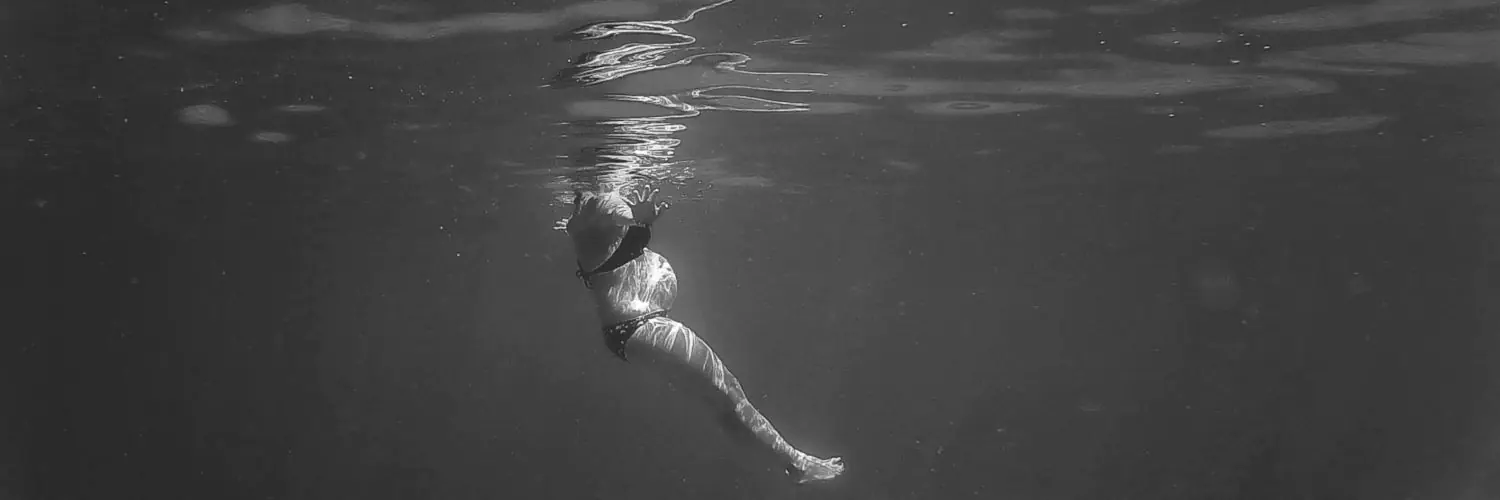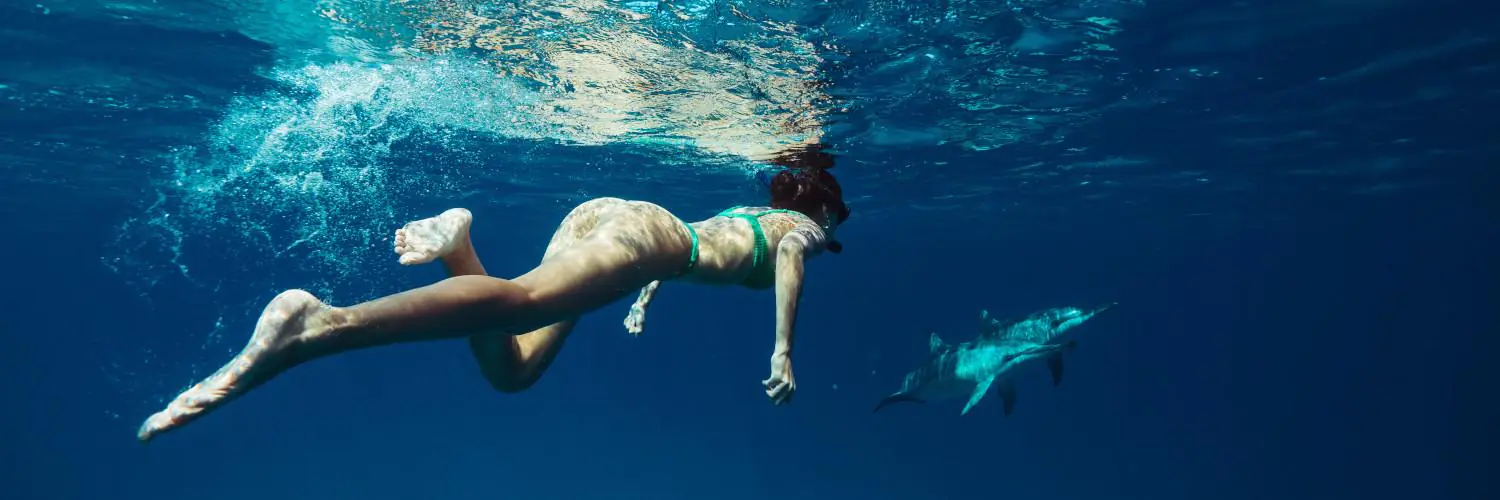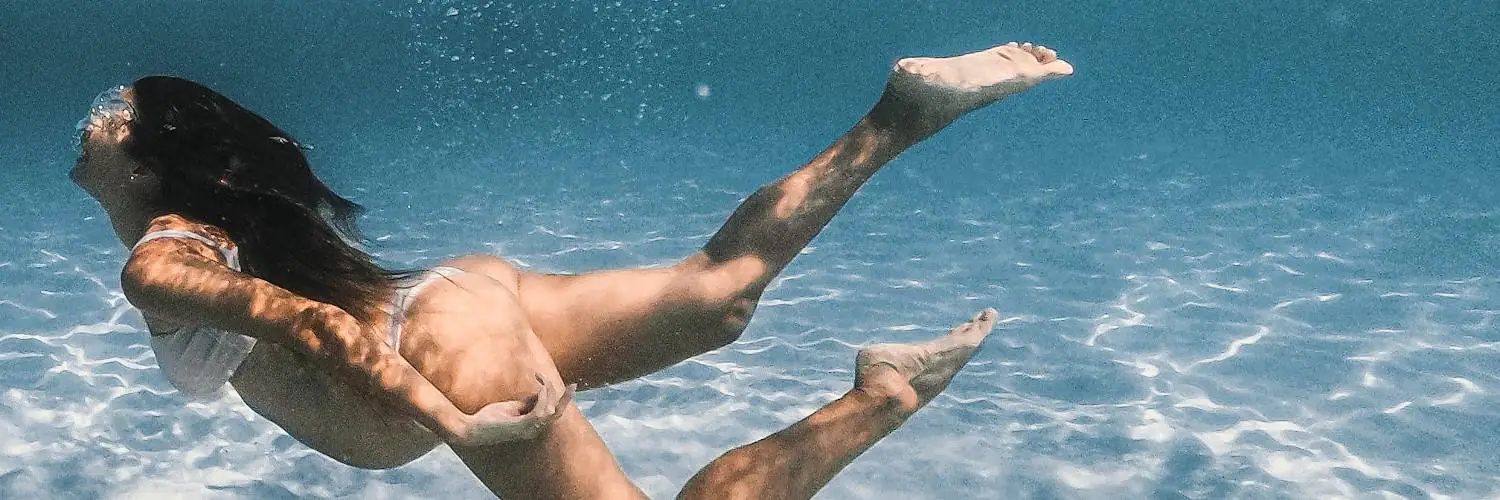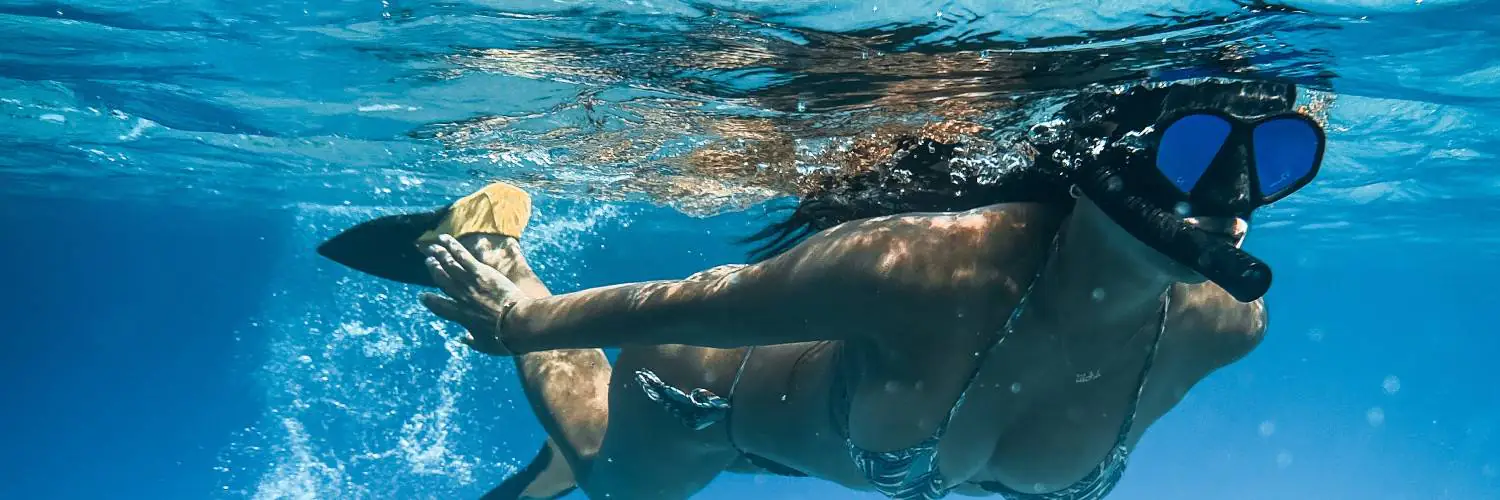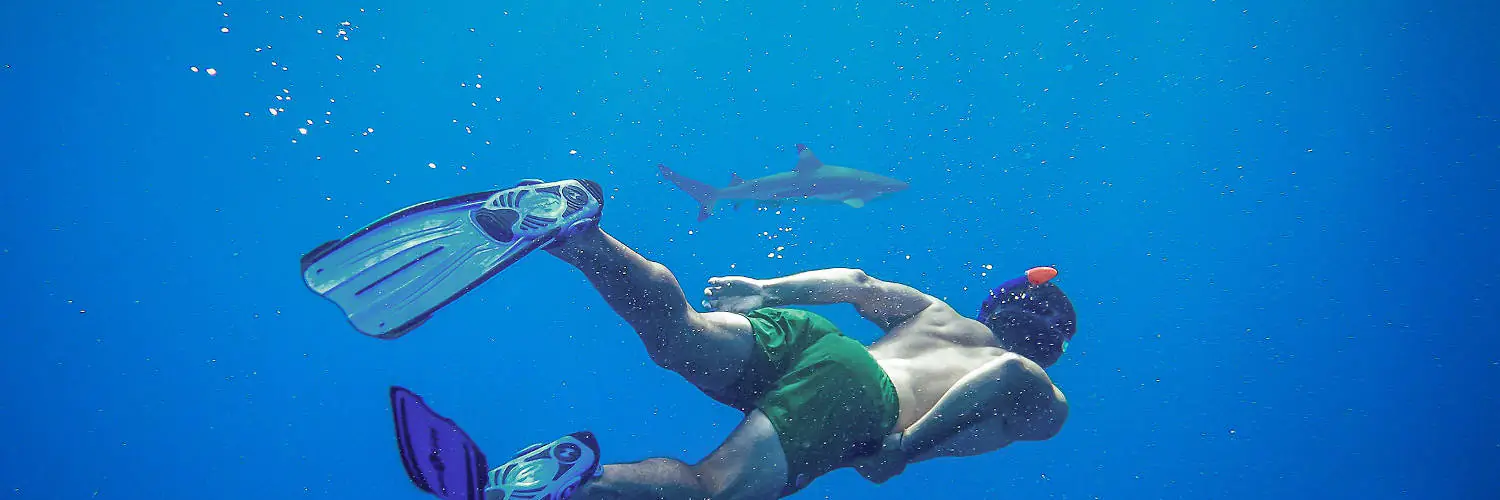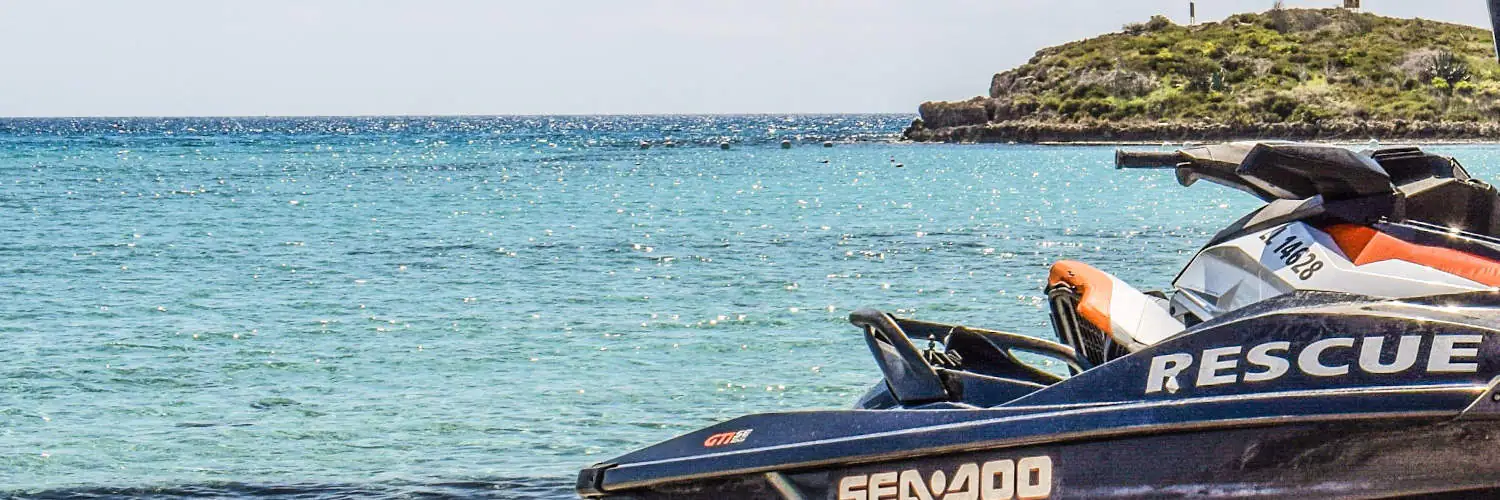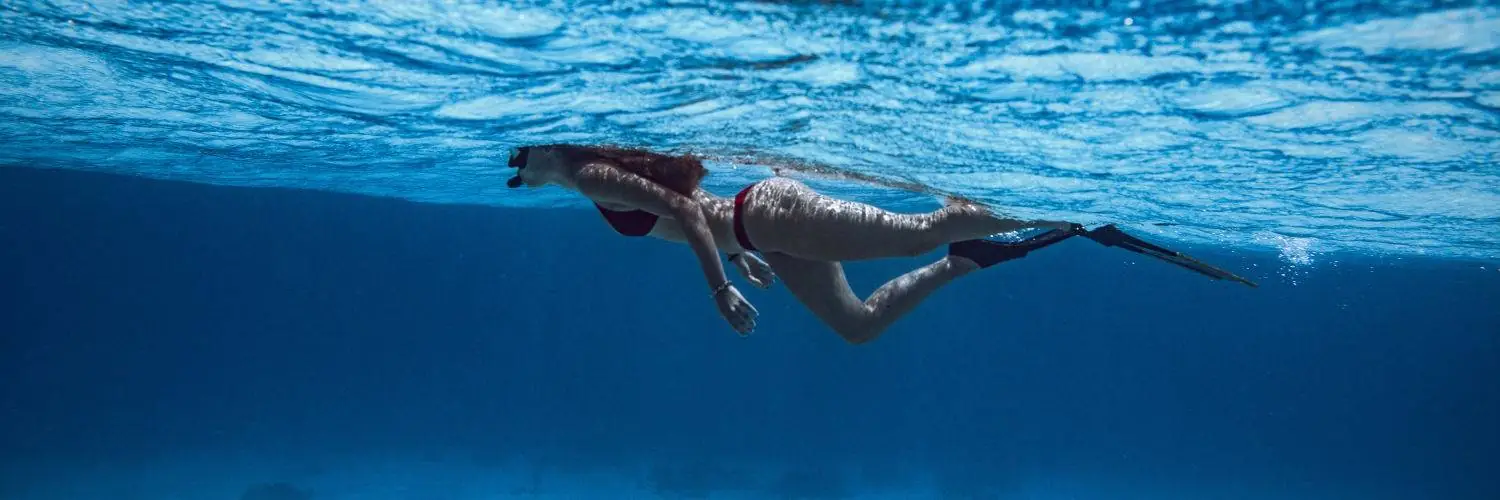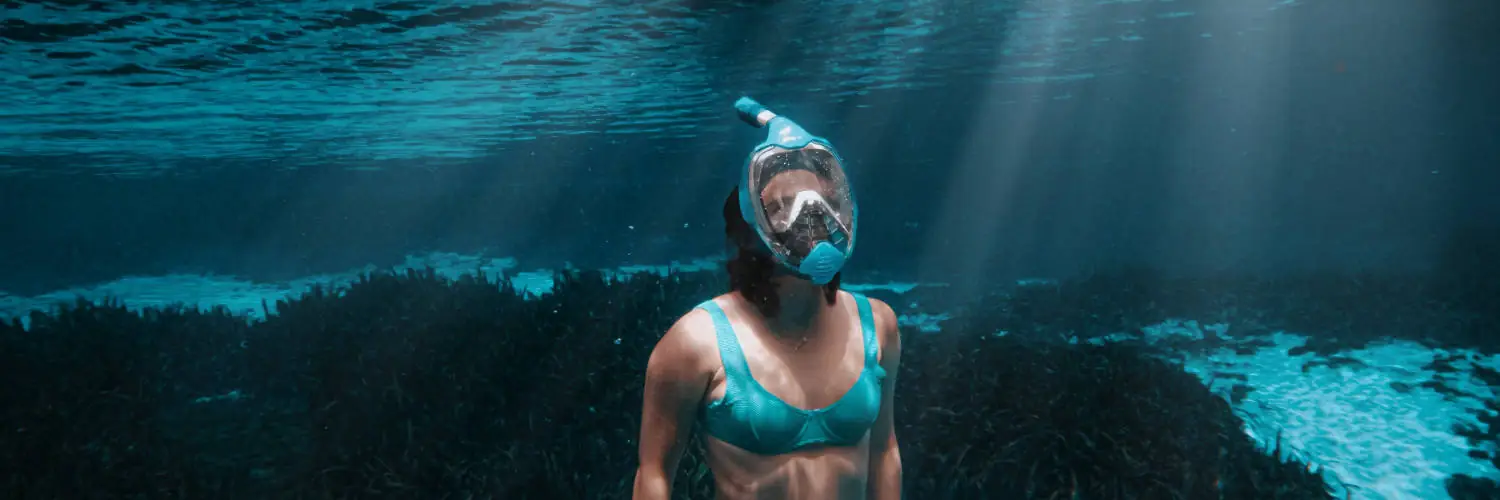Table of Contents
Snorkeling Skills and Techniques: Mastering the Water with Expert Tips
Snorkeling is a widely accessible and popular activity that allows individuals to explore the underwater world with minimal equipment. The basic gear required includes a snorkel, a mask, and fins. Snorkeling lets people see sea animals in their home by just floating in the water. Learning how to snorkel well is important to stay safe and have fun without bothering the sea world.
Developing the ability to breathe comfortably through a snorkel comes with practice, as it’s different from natural breathing on land. Slow and deep breaths help conserve energy and air, keeping the heart rate steady and promoting relaxation. Being calm helps to make things better and last more when you move smoothly over colorful reefs full of lively fish and different sea creatures. It’s crucial that snorkelers are aware of their limits and underwater surroundings, which includes respecting all forms of marine life by observing without touching.
Additionally, effective snorkeling involves mastering specific techniques such as clearing water from the snorkel, equalizing ear pressure, and entering the water gracefully. Choosing where to start going into water is very important. Doing it with a friend is good for safety and fun. You can take care of each other and explore the sea together.
Choosing the Right Snorkeling Gear
Choosing the right snorkeling gear is essential for a comfortable and safe underwater experience. Each piece of equipment should fit well and match the snorkeler’s skill level and intended use.
Mask Selection
The key to selecting a proper snorkeling mask lies in its fit and comfort; a well-fitting mask should seal smoothly against the face. Prescription masks are available for those with vision impairments, and full face snorkel masks, which integrate the snorkel, are an option for those seeking a different experience. To test a mask:
- Place the mask on the face without the strap.
- Inhale through the nose to ensure it stays in place without air leaks.
Finding the Perfect Fins
Snorkeling fins should offer a balance of power and energy efficiency. The fit is paramount to avoid blisters and cramps. There are typically two styles:
- Open-heel fins, which are adjustable and can be worn with booties.
- Full-foot fins, which are worn barefoot and should fit as snugly as a comfortable shoe.
Snorkel Types and Features
Snorkels come in various forms, including classic J-shaped models and dry snorkels that prevent water entry at the surface. Things to think about:
- A nice mouthpiece stops jaws from getting tired.
- A purge valve allows for easier water clearance.
Additional Equipment
Depending on the water temperature and environment, additional gear could include a wetsuit for warmth or a rash guard for sun protection. Other accessories like snorkeling booties provide comfort and protect the feet when walking on rocky surfaces.
Mastering Basic Snorkeling Skills
Learning to snorkel well helps you stay safe and have more fun in the water. It helps you move easily and enjoy the cool things underwater.
Breathing Technique.
When you snorkel, how you breathe is important to stay relaxed and save energy. So, the way you breathe is a big deal when you go underwater. They should breathe deeply and slowly through the snorkel, using their diaphragm to draw in air and to maximize lung expansion. Practice is essential, as breathing through a snorkel is different from regular breathing.
- Inhale: A long, controlled breath in to fill the lungs
- Exhale: A relaxed breath out, ensuring complete emptying of the lungs
Clearing Water from Your Mask and Snorkel
Occasionally, water may enter the mask or snorkel, and being adept at clearing it is a key skill. To clear the mask, one should:
- Place one hand on the top of the mask, and exhale through the nose forcefully to push water out under the bottom seal.
- For a snorkel, forcefully exhale a burst of air to expel water from the tube.
- Mask Clearing: Tilt head back slightly, press top of the mask, exhale through nose
- Snorkel Clearing: Quick, sharp exhale to purge water from snorkel
Buoyancy and Swimming Techniques
Proper buoyancy allows a snorkeler to float comfortably at the surface with minimal effort. One should maintain a horizontal body position, using gentle finning motions to propel themselves. The finning technique should involve alternating leg movements with slightly bent knees, using the full surface of the fins.
- Maintaining Buoyancy: Use of a flotation device if necessary, horizontal body alignment
- Swimming Techniques: Gentle, rhythmic freestyle leg movements with fins for propulsion
Practice these techniques in a controlled environment before attempting to snorkel in open water to ensure safety and comfort.
Safety Practices and Buddy System
To stay safe while snorkeling, you need to know the surroundings and spot dangers. Having a partner is key to staying safe when snorkeling, so you can watch out for each other.
Understanding Weather and Water Conditions
Before entering the water, snorkelers should assess the weather and water conditions, including currents and tides. A basic principle is to only snorkel in conditions that match one’s skills and experience.
- Check Weather Predictions: Don’t go swimming if it’s stormy or windy. This makes the water risky.
- Understanding Currents and Tides: This can make swimming unsafe. Use local advice or signs to stay safe.
Identifying and Managing Potential Hazards
Snorkelers should always approach snorkeling with caution and awareness of potential hazards.
- Buddy System: Never snorkel alone. Pair up with a partner, ensuring both parties are aware of each other’s location and condition at all times.
- Safety Gear: Wear appropriate gear, including a well-fitting mask, snorkel, and fins, and use a flotation device if necessary.
- Potential Hazards: Be careful in the water. Be safe. Be aware of the sea animals and boats.
- Stay Calm: If encountering a problem, remain calm. Panic can increase the risk of an incident. Signal to your buddy and swim slowly and safely back to shore or the boat.
Exploring Marine Environments.
Snorkeling lets people see different water areas and meet many sea animals, giving a full look at the underwater world.
Coral Reefs and Their Inhabitants.
Corals are busy. Fish and plants live there. You can see small coral polyps when you swim. They make nice homes for many other types of sea life. An explorer may witness:
- Fish: A spectrum of colors and patterns, from the camouflaged stonefish to the elegantly striped clownfish.
- Turtles: These graceful creatures glide through their reef habitats, often unperturbed by human presence.
It’s important to keep our actions gentle, and not disturb the delicate ecosystems.
Encountering Ocean Wildlife
The big sea has big animals. Some of them you can see when you are in the water and have a mask and a tube.
- Whale Sharks: They are big, nice animals that eat small things in the water. You can swim with them and see them eat.
- Sharks: While potentially intimidating, most species are harmless to humans, and encounters can be awe-inspiring yet safe with proper guidance.
When encountering ocean wildlife, it’s critical that snorkelers practice caution and respect, ensuring that they do not interfere with natural behaviors or habitats.
Advanced Snorkeling Techniques and Destinations
To experience the world beneath the waves fully, one must embrace advanced snorkeling techniques and explore the most breathtaking destinations. The following sections break down essential skills and highlight some of the Earth’s underwater paradises.
Free Diving and Skin Diving
Free diving involves diving without the use of scuba gear, relying on one’s ability to hold breath underwater. Skin diving is similar, combining snorkeling with breath-hold diving to explore beneath the surface. Both require:
- Breath-holding techniques: Incrementally increasing breath-hold time can be achieved through controlled training.
- Equalizing: essential when changing depths to balance pressure in the ears.
- Swimming with fins: Using fins saves energy and makes you swift underwater.
Skilled experts look at pretty ocean homes at Great Barrier Reef or go under to see art in Bahamas. The ocean is big and has many things to find.
Discovering Exotic Snorkeling Locations
When it comes to destinations, they should not only be teeming with marine life but also offer unique underwater terrains. Some of the top locations include:
- Maldives: Known for its clear waters and vivid coral atolls, it offers snorkelers a glimpse into an abundant marine ecosystem.
- Caribbean: Great places for snorkeling have many kinds of underwater spots. Bonaire has colorful reefs. Cayman Islands have old sunken ships. Both are great for exploring.
Snorkelers can immerse themselves in these tropical paradises, which are often accessible to those with advanced snorkeling skills, taking their underwater adventure to new depths.

